What air pollution is doing to the youth
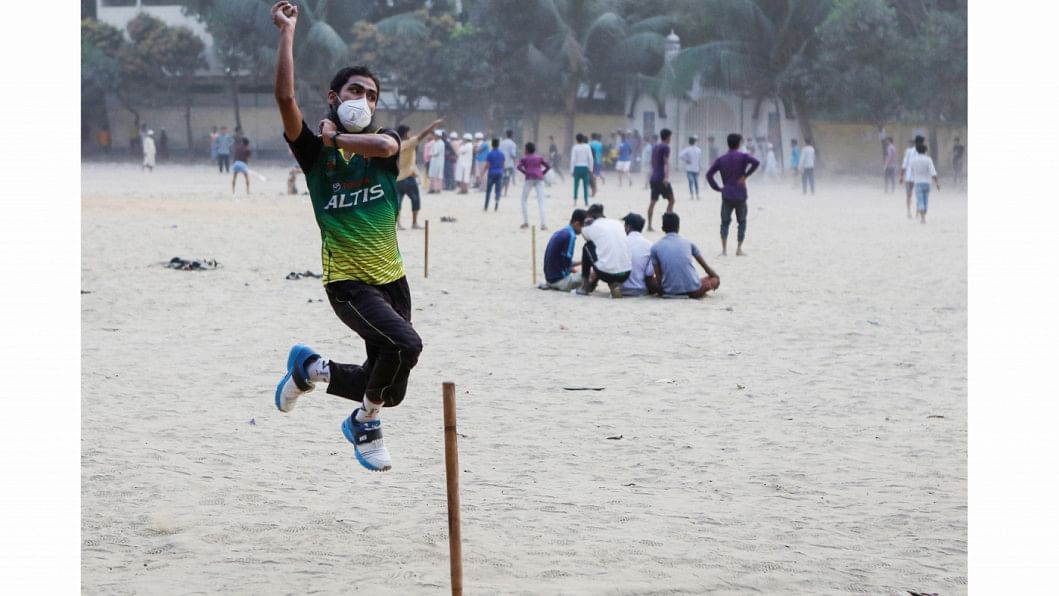
"By the time I return home, I am barely breathing. It actually feels like my windpipe is contracting and not letting any air pass through."
Dinash Ferdous Rabbir, 24, is not describing a one-off incident. This isn't an accident, or an assault where he was attacked by an unforeseen threat. This is his daily grind. "I mainly travel around in a rickshaw or car to class. But for my internship I use ridesharing motorcycles. Honestly, the air I breathe in when we are at a standstill in traffic jams is horrendous. It literally feels like I'm inhaling gas fumes," he adds.

The air we breathe has been in the news a lot lately, and entirely for the wrong reasons. According to the 2019 World Air Quality Report by IQAir, Bangladesh had the worst air in the world last year; Dhaka was the 21st most polluted city. While these numbers give us confirmation of what many already suspected, upon closer inspection, the real implications of breathing polluted air are bound to raise alarm.
"Continually breathing polluted air can have permanent health effects such as accelerated ageing of the lungs, loss of lung capacity, and decreased lung function. It could even lead to development of diseases such as asthma, bronchitis, emphysema, and possibly cancer," says Dr. Rawshan Arra Khanam, Consultant, Respiratory Medicine, United Hospital Ltd., when asked about what risks are posed to young people when exposed to polluted air for prolonged periods. Young individuals we've talked to attest to this notion as well.
Syeda Afrin Tarannum, now 21, got diagnosed with asthma back in 2015. She used to play volleyball outdoors at her school, and also used rickshaws for her short commutes. While it is difficult to pin down exactly why a person could develop conditions such as asthma, air polluted with dust and other foreign particles is a major contributor.
Dr. Khanam adds, "While particles with a diameter of 10 microns or less (PM10) can penetrate and lodge deep inside the lungs, particles with a diameter less than 2.5 microns (PM2.5) can penetrate the lung barrier and enter into the blood stream. This can increase the risk of heart and respiratory diseases, as well as lung cancer."
World Health Organization's "Air quality guidelines" stipulates that daily average of PM2.5 should not exceed 25 micrograms per cubic metre. According to IQAir AirVisual website, Dhaka's air reached 103.3 micrograms on March 1, 2020. At the time of writing this article, PM2.5 in Dhaka was at 139 and rising.
It's difficult, or even unwise, to attribute trends in health complications to certain environmental factors based on empirical evidence, but it is clear that suffering has increased among those who are vulnerable to air pollution.
Anupoma Joyeeta Joyee, 23, has suffered from asthma for as long as she can remember. But her breathing problems have definitely taken a turn for the worse in recent years. She says, "It feels more suffocating than ever before. Recently I have had to increase my usage of inhaler. I have also suffered from mild scratchy/sore throat. These days asthma is affecting my sleep a lot, which definitely has an adverse effect on the rest of my day."
Dinash Ferdous Rabbir is a fourth-year student at IBA, DU, and this is how he describes his suffering: "I only used to suffer from severe asthma during the seasons when the weather changed. This was the case even two years ago. However, since then it has become more frequent. Nowadays I have to take emergency inhaler puffs almost every day and I miss about two classes a month on average due to breathing difficulties."
Dr. Khanam's own experiences can shed some light on proceedings as well. "We get patients with asthma or respiratory problems mostly in winter, but this year still we are getting lots of patients with cough. A portion of these patients are young, and they're here probably as a result of poor air quality in Dhaka," she comments.
Because pollution is a problem that experts have a way to quantify, the real problems often get buried under numbers. The fact of the matter remains that more and more people are suffering from the terrible repercussions of human-manufactured air pollution, and a public health crisis is just around the corner, assuming it is not already here.
Young people are repeatedly told how they are the future, about how they are going to be in the frontline to tackle challenges such as climate change and economic unpredictability. What gets lost in the conversation is the fact that the younger generation are being forced into a handicap they can ill afford if these challenges are to be successfully combatted. Air pollution is a sword at the back of an entire generation, and how they can be expected to march forward in this state is a question no one wants to answer.
Azmin Azran is a sub-editor at SHOUT. Reach him at [email protected]
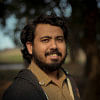
 For all latest news, follow The Daily Star's Google News channel.
For all latest news, follow The Daily Star's Google News channel. 



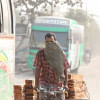
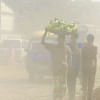


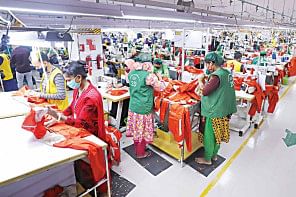
Comments